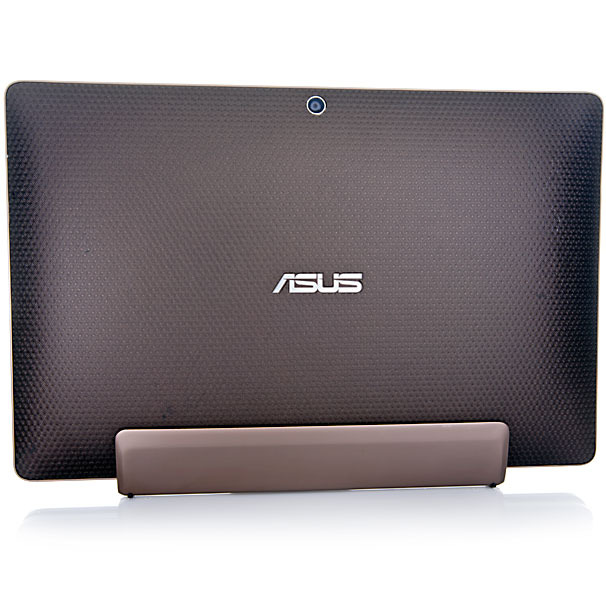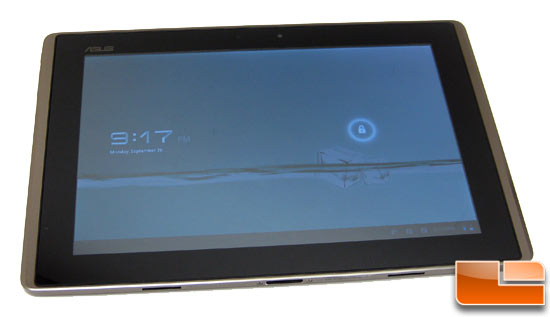

That series went through several evolutions, and recently in the VivoTab, we saw the company’s first attempt at making the Transformer range support Windows 8. First available in the TF101, these computers blended a 10 inch Android tablet with a keyboard dock, allowing the tablet to transform into a netbook when connected to the dock keyboard. We need to step back for a second, though, as Asus has also been responsible for another style of computer called the “Transformer” hybrid tablet-notebook. Now, two years from the death of the netbook, Asus has revisited that style and created a new breed of netbook in the form of the T100. These computers first came out in 2007, but disappeared in 2011 as tablets started to surface more. You might remember the Eee computer, which was one of the world’s first netbooks, tiny laptops that packed in either Linux or Windows into computers with 7 or 10 inch screens, often working on low power Intel chips with either small solid-state drives or spacious hard drives, a relatively small amount of memory, and just enough oomph to let you surf the web, write documents, check emails, and do some work. The battery in the Transformer Book T100 is not removable and is a two cell battery.Īsus has been building small-scale computers longer than most. This keyboard dock includes a keyboard and slim touchpad mouse with a button underneath, as well as a USB 3.0 port. Two speakers are also included in this tablet, as is a microphone, but you also get a keyboard to dock with the tablet.

No rear camera is available on this machine.Īll of this sits under a 10.1 inch In-Plane Switching (IPS) touchscreen, supporting a resolution of 1366×768, which is enough to be called high definition (HD), but nothing more. One camera is included, with a 1.2 megapixel camera located above the screen on this hybrid tablet-laptop. Intel HD graphics takes care of any video processing and games graphics, though spec-wise, we wouldn’t say this machine has been made for gaming in mind.Ĭonnections on the T100 include 802.11 a/b/g/n, Bluetooth 4.0, as well as a few wired port options, including microHDMI, a combined microphone and headphone 3.5mm jack, and the microUSB port used for charging.


Fortunately, you can upgrade the storage through a microSD slot that is left uncovered on the right edge. Storage in the Australian Asus T100 is set to 64GB, though a little over 30GB is available to you once you start playing with it after Windows is installed. The first tablet we’ve seen to sport an Intel Atom quad-core chip, this runs the new Bay Trail chip launched in September, clocked at 1.33GHz and running alongside 2GB RAM, the default amount for most other laptops sporting an Atom chip.


 0 kommentar(er)
0 kommentar(er)
